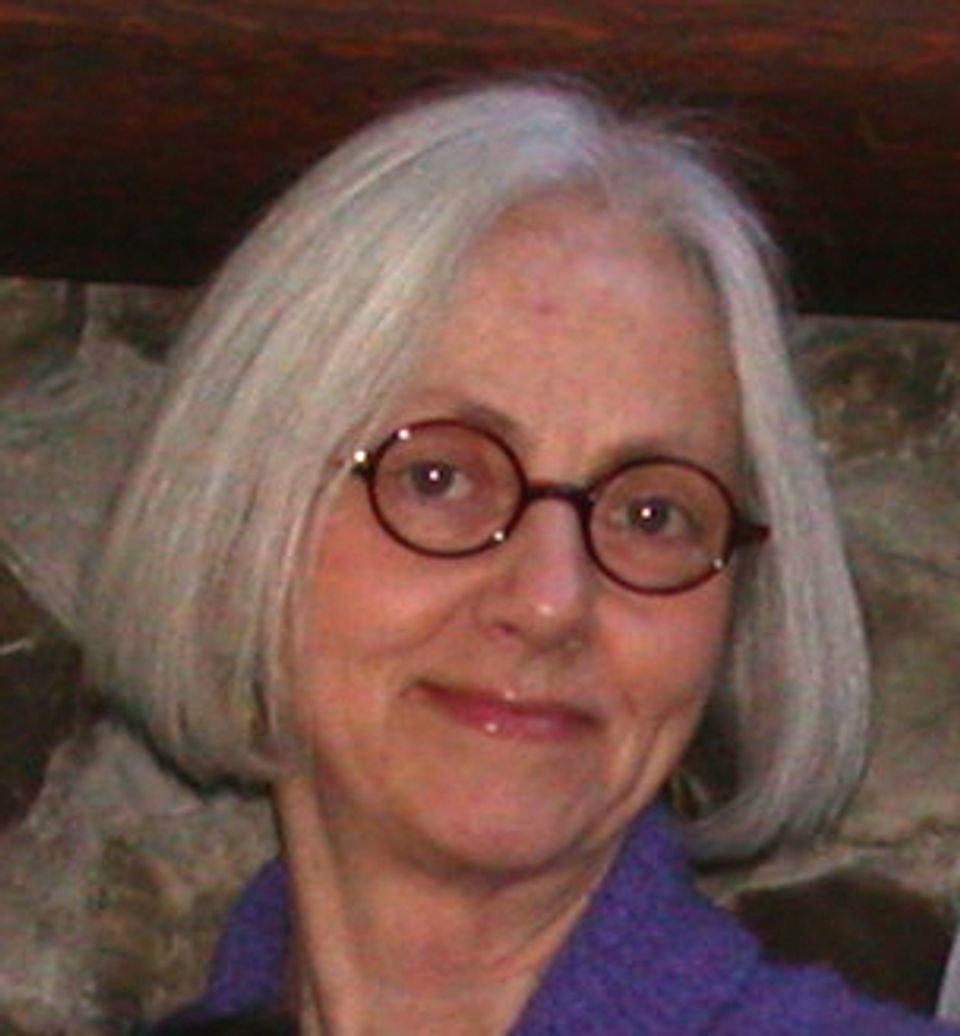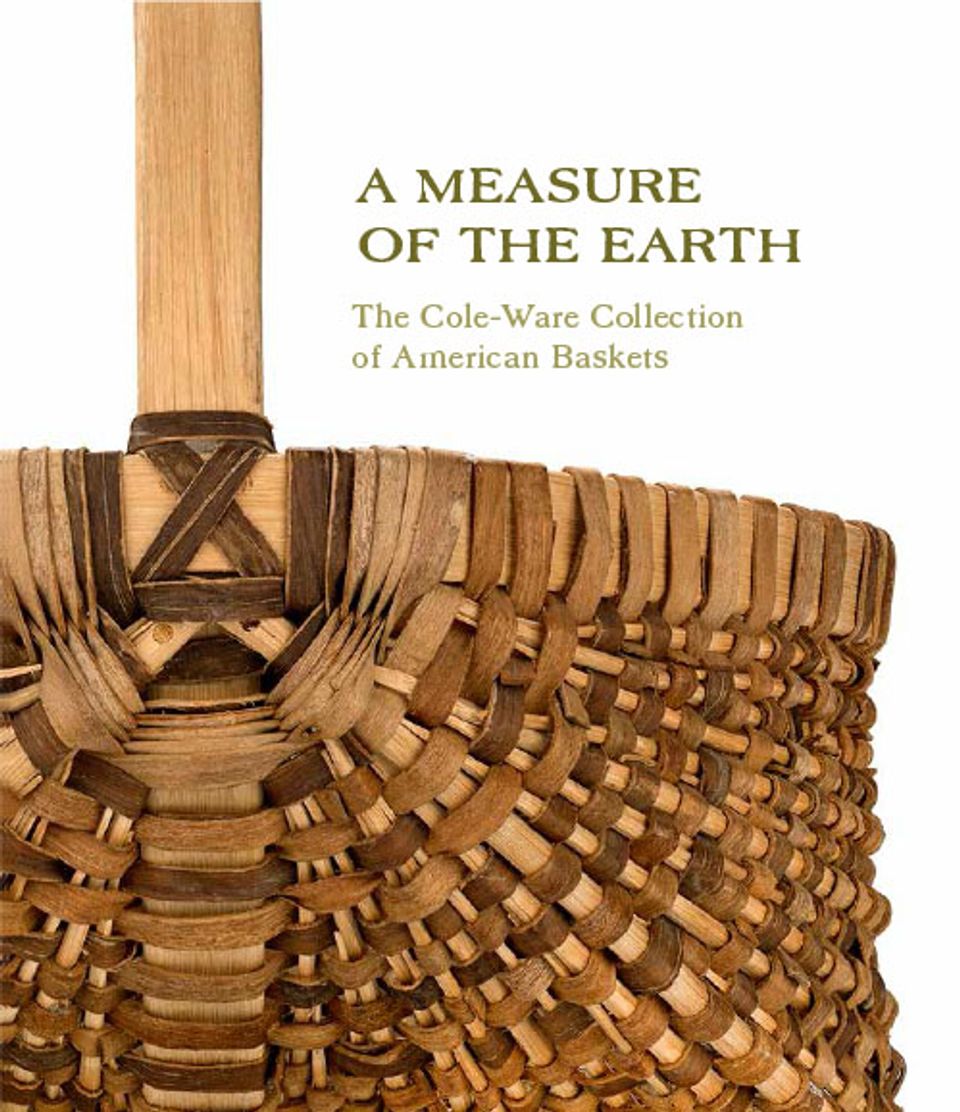Dona Look

- Also known as
- Dona Jean Look
- Born
- Port Washington, Wisconsin, United States
- Active in
- Algoma, Wisconsin, United States
- Biography
Dona [DOE-nah] Look received her BA from the University of Wisconsin, Oshkosh. She has received two fellowships from the National Endowment for the Arts and several top awards from the Philadelphia Craft Show. Her work has been featured in several books and magazines, including FIBERARTS and The Traveler's Guide to American Crafts. She is represented in the collections of the American Craft Museum and the Arkansas Arts Center, as well as the Erie Art Museum.
White House Collection of American Crafts exhibition (Washington D.C.: National Museum of American Art, 1995)
- Luce Artist Biography
Dona Look grew up in Wisconsin and received her undergraduate degree in art education from the University of Wisconsin–Oshkosh. She taught art in elementary school and continued to teach after she moved to Australia in 1976. While there, Look developed a passion for spinning and weaving, and became involved in the local craft community. She returned to the States in 1980 and settled in Algoma, Wisconsin, with her husband, jewelry artist Ken Loeber. They worked collaboratively for several years until Look began to focus solely on basketmaking. Initially she used sewing and weaving to fashion unusually shaped vessels but now creates symmetrical white birch bark baskets inspired by nature, memories, and her imagination. Look views her creations as an extension of nature and as a way to remind people of the importance of preserving the environment.














